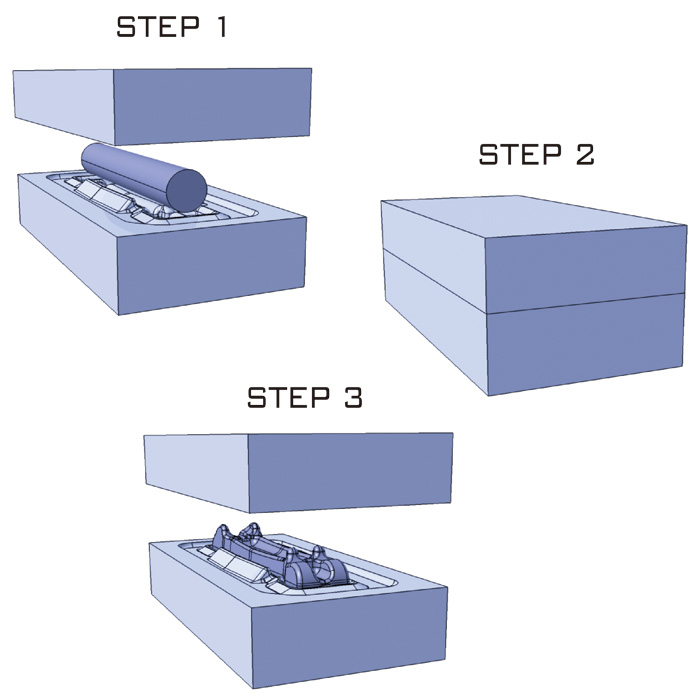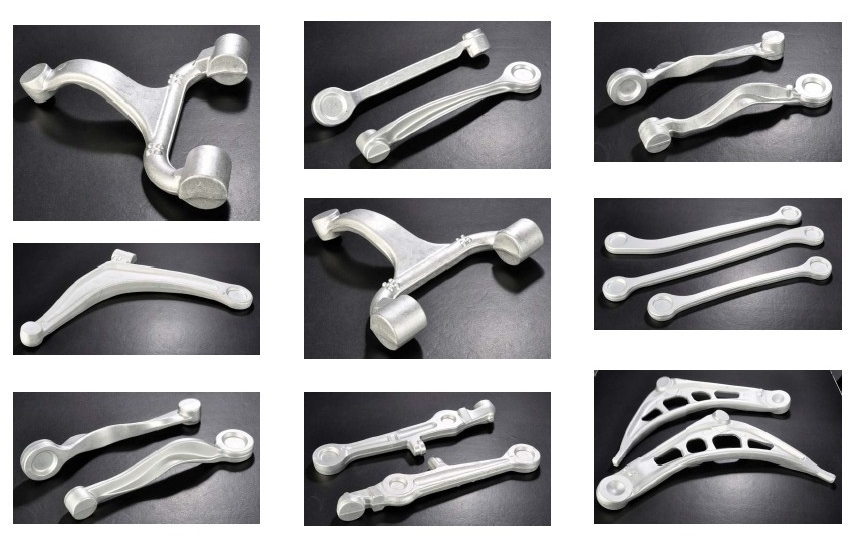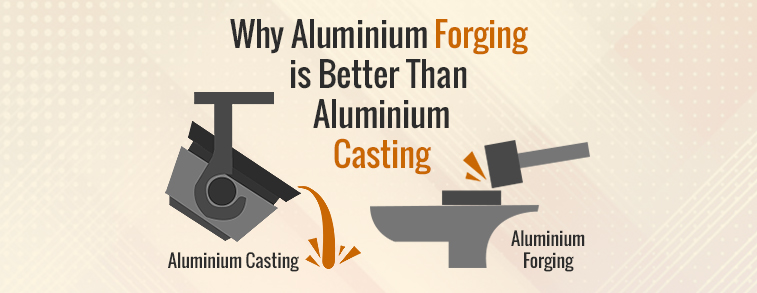
- English
- Español
- Português
- русский
- Français
- 日本語
- Deutsch
- tiếng Việt
- Italiano
- Nederlands
- ภาษาไทย
- Polski
- 한국어
- Svenska
- magyar
- Malay
- বাংলা ভাষার
- Dansk
- Suomi
- हिन्दी
- Pilipino
- Türkçe
- Gaeilge
- العربية
- Indonesia
- Norsk
- تمل
- český
- ελληνικά
- український
- Javanese
- فارسی
- தமிழ்
- తెలుగు
- नेपाली
- Burmese
- български
- ລາວ
- Latine
- Қазақша
- Euskal
- Azərbaycan
- Slovenský jazyk
- Македонски
- Lietuvos
- Eesti Keel
- Română
- Slovenski
- मराठी
- Srpski језик
Aluminum Forging
Youlin uses proven Youlin® aluminum forging processes to produce parts that match our customers' exact requirements. Our design engineers will work with you, as needed, to optimize your designs for faster and more efficient production, without sacrificing part performance. We offer full technical support, secondary machining, variety of surface finishing processes, warehousing, assembly services, and more. Youlin is a true one-stop-shop for forged aluminum parts.
Send Inquiry
The client fulfillment is our primary concentrate on. We uphold a consistent level of professionalism, excellent, credibility and service for ODM Supplier China Youlin® Aluminum Forging, We sincerely welcome all guests to setup business enterprise interactions with us around the basis of mutual positive aspects. Remember to speak to us now. You'll get our qualified reply within just 8 several hours.
ODM Supplier China Youlin® Aluminum Forging, They are sturdy modeling and promoting effectively all over the world. Never ever disappearing major functions within a quick time, it's a have to to suit your needs of fantastic good quality. Guided by the principle of Prudence, Efficiency, Union and Innovation. the corporation. ake an excellent efforts to expand its international trade, raise its organization. rofit and raise its export scale. We're confident that we're going to have a bright prospect and to be distributed all over the world in the years to come.
1. Our Capacity for Aluminum Forging
Our capabilities include prototypes or one-offs, small runs, full production quantities and just-in-time inventory supply for long term contracts. Some of the products we forge and processes we use for aluminum forgings include
√ Flat bar blocks up to 60″ width and 10,000 lbs.
√ Cylinders and sleeves up to 72″ maximum O.D. and 96″ maximum length
√ Discs and hubs up to 80″ diameter and 15,000 lbs.
√ Rolled, hand forged or mandrel forged rings up to 80″ maximum O.D. and 65″ maximum length
√ Rounds, shafts and step shafts up to 220″ maximum length and 10,000 lbs.
√ Forged-in steps or contours to reduce finish machining time and material waste
√ Quenching and tempering, normalizing, or annealing of forgings.

2. Aluminum Forging Process
Aluminum can be forged in several different ways, including open-die forging, closed-die forging, and rolled-ring forging. Different forging techniques are used to create different aluminum parts and items.
 ● Open-Die Forging involves pounding or hammering huge aluminum blocks weighing up to 200,000 pounds in order to form large metal components. The end result of open-die forging is improved alloy strength and optimal structural integrity.
● Open-Die Forging involves pounding or hammering huge aluminum blocks weighing up to 200,000 pounds in order to form large metal components. The end result of open-die forging is improved alloy strength and optimal structural integrity.
● Closed-Die Forging sometimes called impression-die forging. It accounts for the majority of modern Youlin® aluminum forging production and may be used to produce complex aluminum parts. Closed-die forging ultimately increases the strength and tightness of aluminum alloy products. In addition, it allows for the formation of a nearly limitless variety of shapes and designs. When it comes to mass production runs, closed-die forging typically remains more cost-effective than open-die forging. In addition, closed-die forging results in a better surface finish and is more environmentally-friendly.
● Rolled-Ring Aluminum Forging is a process of creating metal rings, which starts with open-die forging to create a donut-shaped ring preform. Afterward, the ring-rolling process uses an “idler roller” to gradually apply pressure to the preform in order to modify the thickness and height of the walls of the ring. During this process, ring diameters increase until they reach specified dimensions.
3. Benefits of Aluminum Forging Parts
→Strength to weight ratio →Good surface finish →Light weight / low density →Fracture toughness →Corrosion resistance →Fatigue and fatigue crack growth →High thermal conductivity →Cryogenic properties →Design flexibility
4. Applications for Aluminum Forging Parts
Because of its strength, aluminum forgings remain ideal for applications where performance and safety are a high priority as it can endure intense conditions for a wide variety of industries, including aircraft, aerospace, automotive, architectural, appliance, military and defense, marine, petrochemical and process equipment industries.
◆ High strength-to-weight ratio, such as air frames, automotive frames and panels, wheels
◆ Corrosion resistance, such as fasteners, structural components and frames for construction and decorative architectural elements, process equipment and marine equipment
◆ Wear resistance and durability, such as process equipment, fasteners and certain motor components.

5. FAQ
Q: What is the difference between forged aluminum and cast aluminum?
A: The basic difference between forging and casting is that the forging process does not melt the work piece material to create a new shape. In casting, metal is melted and poured or forced into a mold made in the shape of the desired item.
Q: Does forging aluminum make it stronger?
 A: When treated with heat, aluminum forgings show certain mechanical properties that make their strength to weight ratio far superior than that of castings. This greater strength goes on to show that aluminum forging can attain good strength unlike other methods.
A: When treated with heat, aluminum forgings show certain mechanical properties that make their strength to weight ratio far superior than that of castings. This greater strength goes on to show that aluminum forging can attain good strength unlike other methods.
Q: How hard is forged aluminum?
A: In summary, forged aluminum is strong, which is the ideal choice when aluminum components must exhibit maximum strength and performance in service, where weight is minimized.




















